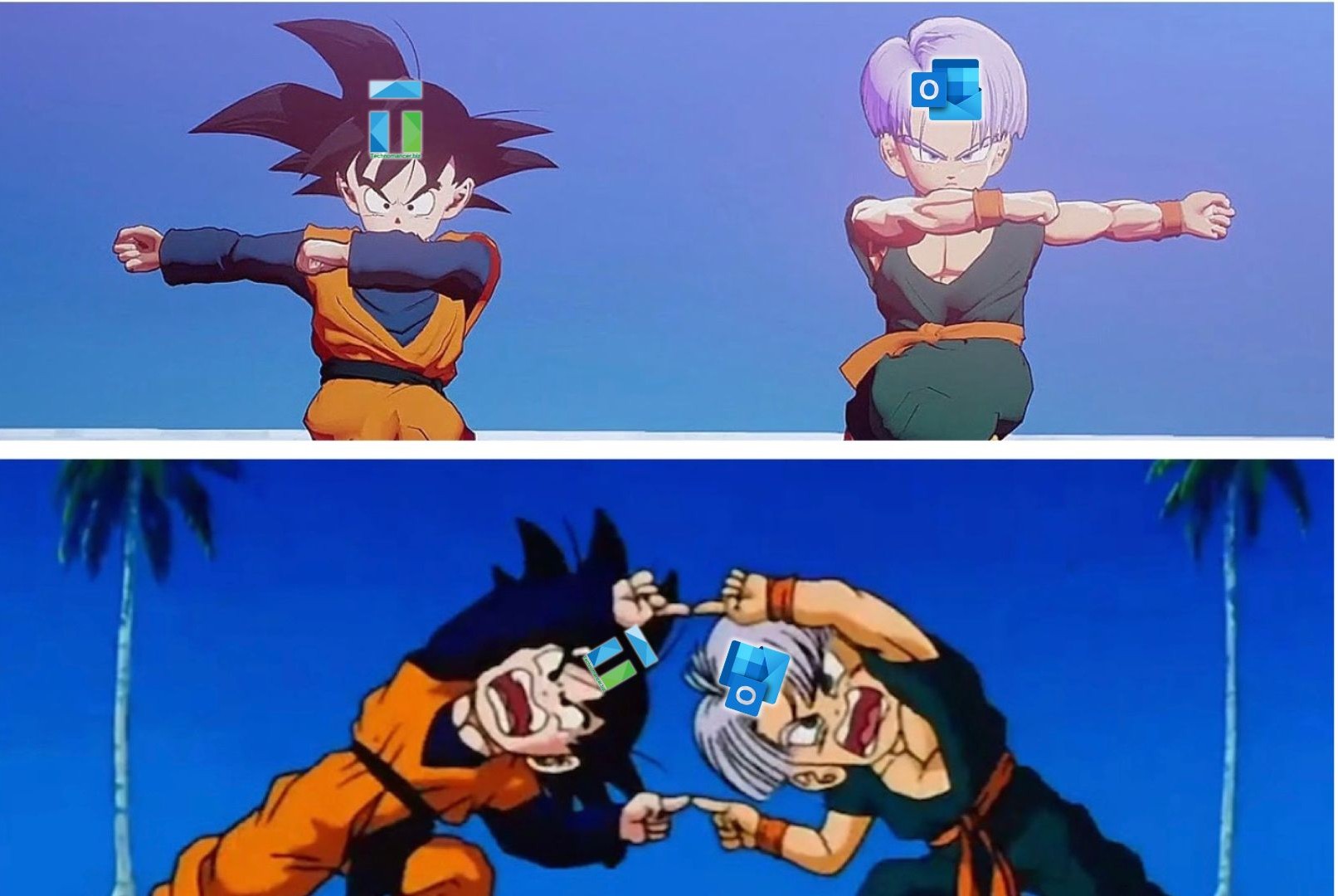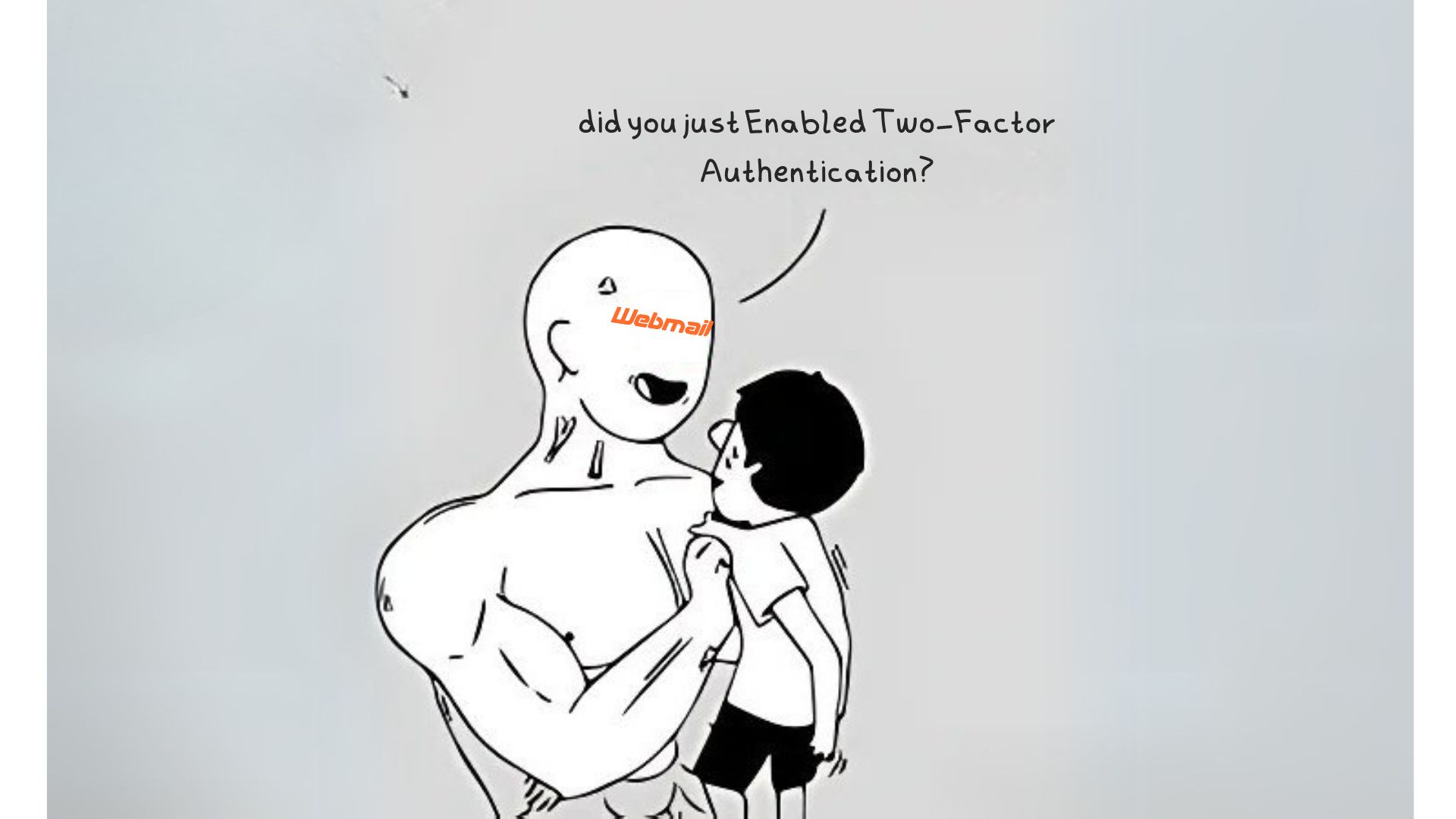
Welcome new customer to the Technomancer family! Thanks for trusting us to build your website. So, what are the steps in doing so? Glad you asked :-) We prepared a little guide on the process.
1. Decide requirements
a. The first question is what platform your website should use. We would strongly recommend making a custom-PHP platform. Click here to read more.
PROS | CONS | |
| Custom PHP | Most flexibility in what can be implemented; no additional software monthly cost; no additional transaction surcharges. | Need web developer to update, features built will be based on user-defined workflow - changes to workflow and website (not implemented with a custom form) will incur additional costs. |
| Wordpress, Shopify, or CMS | Plugins/components have more features out-of-the-box; allow less technical people to make website updates themselves. | Higher monthly costs for plugins/components for anything beyond basic features; additional transaction surcharges; customizability has a ceiling that works for some customers, but for others; some plugin incompatibility and glitches which can be difficult to fix. |
b. Decide your opening home page: what is the first thing people will see on your website’s homepage? Will it be an exciting video, cool animation, or a riveting picture? People have short attention spans, so you need to think of what will hook them to find out more about what you have to offer.
c. You’ll need to decide your Call to Action (CTA). Do you want them to fill up a contact form? To subscribe to a newsletter? To purchase something? Or to read your article or listen to your song? Decide your most important ones so we can highlight them.
d. You’ll need to let us know what kind of website you’re looking for. You can give us your “peg”, websites that should be the inspiration or standard of what you’re looking for. You can also send us a Figma or Powerpoint mockup. Some have given us a hand-drawn diagram of how they want their dream website to look like.

e. Any content you already have, such as videos, pictures, and social media. This includes any articles that you’ll want to appear on your website. The logo and colors are very important here. If you already have a brand bible, even better.
f. Let us know what social media you want integrated into your website. This is a great way to always keep your website updated without manual work, as we can automatically pull content from your social media, such as Youtube videos, Facebook posts, Instagram pictures, calendar events, shops, etc. Just let us know what to pull and where to put it - see the video below.
g. Decide other features. Here are some that we can include:
i. E-commerce, shopping cart of items

ii. E-commerce, booking of services

iii. Payment and fulfillment gateway (selling)

iv. Messaging Widget

v. Contact Form

vi. Quizzes and Questionnaires

vii. Social Media Integration

viii. 3rd-party integration with utilities such as Google Analytics, Facebook Pixel, Google Maps, Twitter Feed, and Youtube videos, and such.

ix. Custom CMS - let us know what parts of your website changes frequently, and we can create a form for you to update. An example would be a menu that changes every week.

x. SEO - we can implement the technical aspects of SEO, embedding keywords and images and optimizing load times. But the decision of what keywords to use and how to market the website remains yours. To learn more about what exactly SEO means, click here for more details.
xi. Regarding content writing and marketing, we do not do that in-house, but we’ve worked with different companies that offer those services. Let us know and we can forward their contact information for your consideration.
2. Payment and fulfillment gateways
To accept payments on your website, you’ll need a payment gateway, or merchant. Collecting payments online come with transaction fees. Please research carefully as, due to the fine print, it’s really hard to find a complete summary of all costs. Here are some considerations:
- Monthly fees - CMS platforms such as Shopify and Woocommerce are usually easier to set up, but have recurring monthly payment.
- Transaction fees - there’s credit card. But now there are other platforms, such as direct deposit, QR codes, direct transfer, and all of them have different fees. Know your customer and what platform they’ll likely prefer - it can vary greatly depending on the country and customer type.
- Foreign transaction fees and currency conversion - normally, using a payment method outside of the home country entails additional fees (usually 1%), and converting from a foreign to a local currency can be at unfavorable rates.
- Refunds - typically, if you have to issue a refund, the merchant gets to keep the commission. Find out the process and costs involved. So consider how likely this is to happen and adjust your workflow accordingly - perhaps add manual processes.
- Chargebacks - similar to a refund, but there is often a significantly higher fee/penalty. Not a problem if there aren’t any disputes. But if there are, how likely is it to happen? How does the merchant handle disputes? And if the merchant does issue a chargeback, how much will you lose?
- Payouts - find out the workflow of payouts. How often will they pay you? How do they pay you? What are the tax implications?
- Reputation - who is your merchant? Are they new or established? This is a bank that’s collecting your money and customer information and sending it to you.So be careful engaging a newer merchant even if they do offer fantastic rates; it might be too good to be true.
3. Get a quotation
Our prices are on our main website, and includes 1 year free hosting. We request a 50% downpayment to start work.
4. Under Construction

We can put your initial picture or video with a contact form and use that as an “Under Construction” page. Note that the 1 year free hosting starts from this point.
5. Work on the prototype

We’ll start working on the prototype of the website. Here, we’ll decide the general look and behavior of your website. We’ll put placeholder text and images that will be filled in later. We’ll also put mockups of the e-commerce interface and social media integration. Think of this as the foundation of your website.

Take the time to look at the website’s general behavior and how it looks handles on different devices.
Using the foundation analogy, it’s easier to add walls, doors, and move the furniture around, but changing the house size or shape, or adding an extra wing to the house after the foundation has been defined is considered a major change, and we’ll have to charge extra to get that done.
6. Dressing the rest of the website

Once the prototype is done, we can start putting in the rest of the website content. We’ll put in your actual content. Using the foundation analogy, this is where we put in the walls, doors, furniture, decor, and paint the rest of the house.
At the same time the website’s aesthetic is being worked on, our programmers will be implementing programming features, such as e-commerce functionality, social media integration, contact forms, complex animations, and other 3rd-party utility integration.
Please note that we allow for 3 batches of non-major updates. We’re not strict about this, but if the number of updates keep coming, then we will push back and limit the number of updates before having to charge for additional changes
This will be reflected in the custom URL for you to review at any time..
7. Final review and approval

Once the entire website is approved, we’ll request the remaining 50% final payment, and then we can hand over the website to you.
That could mean making the website live on our servers (considering we offer 1 year free hosting), or on the server of your choice. We can also give you the files on a Google Drive folder.
We’d also like to thank you for trusting us to build your website, and we hope your business continues to get stronger because of it.
8. Post-implementation support and maintenance
Your website should now be up and running. Please let us know if there are any problems. We will fix any bugs for free for the first 6 months. Anything else, including changes to the website or the business workflow, we will be able to help with at our standard hourly rate.
Note that you will still need to market your website effectively to maximize its potential. Such as boosting it on social media or creating compelling content for it. No different from having a physical store and putting up signs to attract nearby customers. But many of our customers have had much success doing so, and we hope you do the same.





